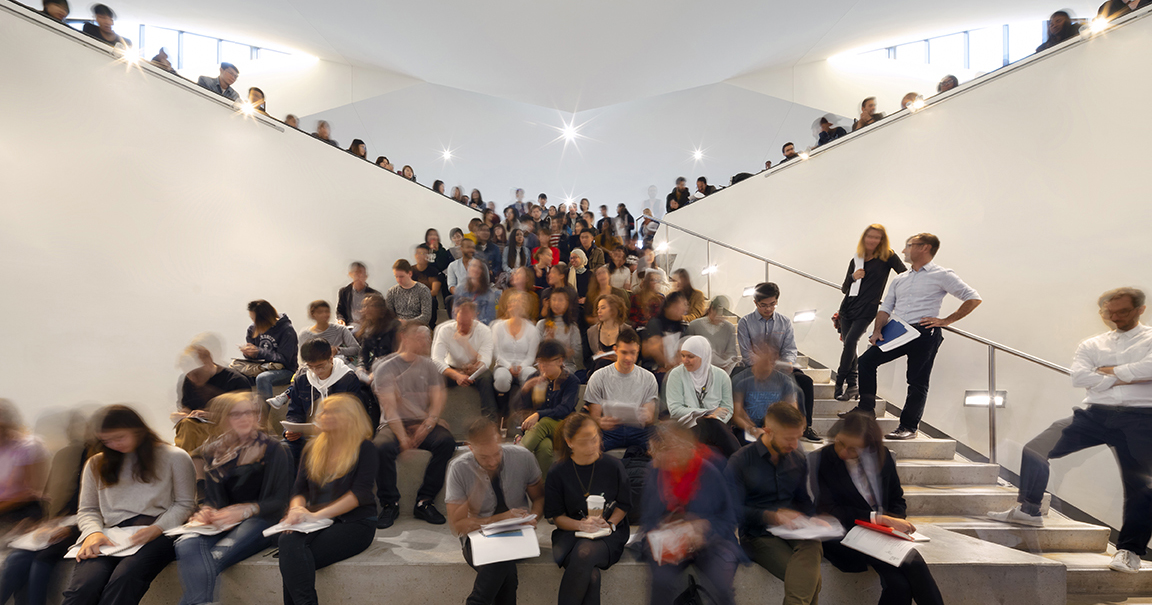Architizer’s inaugural Vision Awards, a new global awards program celebrating the art of architectural representation, includes categories for all manner of technology, including photorealistic visualizations, animations, and even AI-generated imagery. However, there is still a place for manual modes of creation: There is a dedicated category for handcrafted drawings, and there’s even a special category for physical models.
Studios, individual professionals and students are invited to submit their work for publication in print and industry recognition, showcasing their work on a global stage. With an Entry Deadline of June 16, 2023, there is no time to lose — get started on your entry today:
While the Vision Awards will celebrate models and hand drawings alike, some have raised fears over the future of handmade works in the digital era, particularly given the rise of AI tools that enable virtually instantaneous ideation. Are these modes of visual communication outdated and destined for the architectural scrap heap?
Having reviewed thousands of extraordinary drawings and models on Architizer over the past decade, we are positive this is not the case — in fact, the opposite may be true. “As AI-generated content rapidly becomes the norm, I predict a counter-culture of manually-crafted creations, with the art of human imperfection and idiosyncrasy becoming marketable in its own right,” argued Architizer’s own Paul Keskeys in a recent Linkedin post.
Here are five reasons why, when utilized in the right way, low-tech creative mediums remain of vital importance to architects and designers:
1. Hand drawings and physical models promote creativity and imagination.

“The Woven City” by Shaun Jenkins, Finalist in Architizer’s 2022 One Drawing Challenge.
While technology provides the ability to iterate rapidly, this speed comes with its own pitfalls. Producing hand drawings and physical models cultivates a sense of “creative mindfulness”, particularly among younger architects. Manual methods, such as sketching or building paper models, force a designer to make decisions in a highly conscious manner, encouraging a more deliberate, considered approach to architectural design that is hard to replicate through technology.
James Wines, the renowned American architect behind experimental studio SITE, is a strong advocate for the “Mind to Hand” theory, which emphasizes the importance of hand drawings and physical models in the design process. According to Wines, drawing and building models by hand creates a physical connection between the designer and the project, allowing them to “think through their hands.” This connection promotes a deeper understanding of the project, leading to more thoughtful designs.
2. Drawings and models help to communicate design ideas to clients.
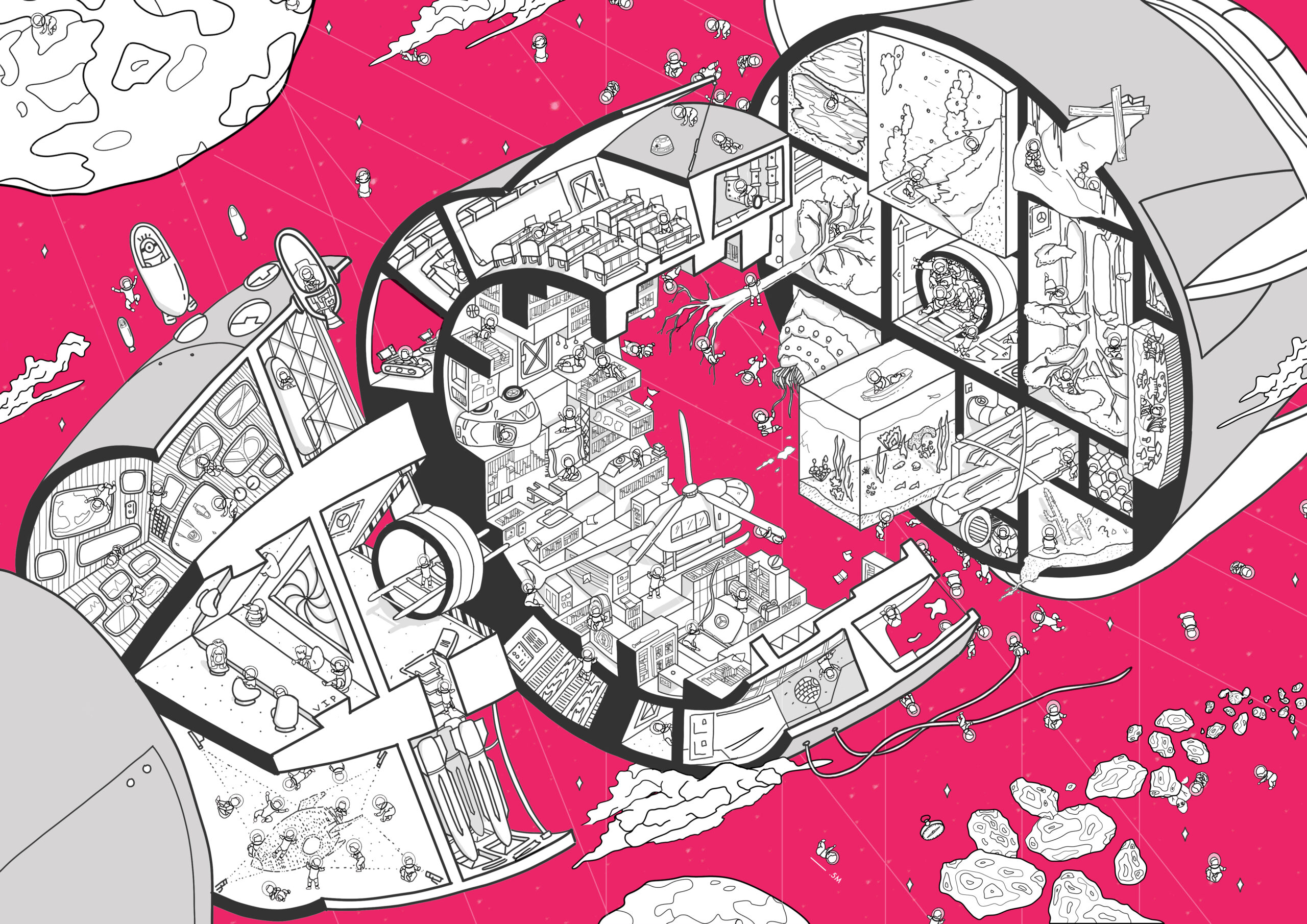
“Fable or Failure” by Alexander Jeong Brandon Hing, Finalist in Architizer’s 2022 One Drawing Challenge.
While CAD and BIM are excellent tools for creating precise, highly detailed drawings, the technical nature of these outputs are better suited for contractors, engineers and others involved in the construction phases of a project. In contrast, hand drawings can provide a more intuitive and expressive representation of the design concept, helping clients to better understand the design and visualize the final product.
Similarly, while the latest technology now allows for 3D models to be viewed from every angle through augmented or virtual reality, there is nothing quite like the shared experience of walking around a physical model with a client, talking them through its various spaces, materials, and details. While virtual reality necessitates each stakeholder donning individual headsets, viewing a physical model facilitates an authentic, social interaction between designer and client that cultivates a space for dialog.
3. Physical models allow for better analysis and evaluation
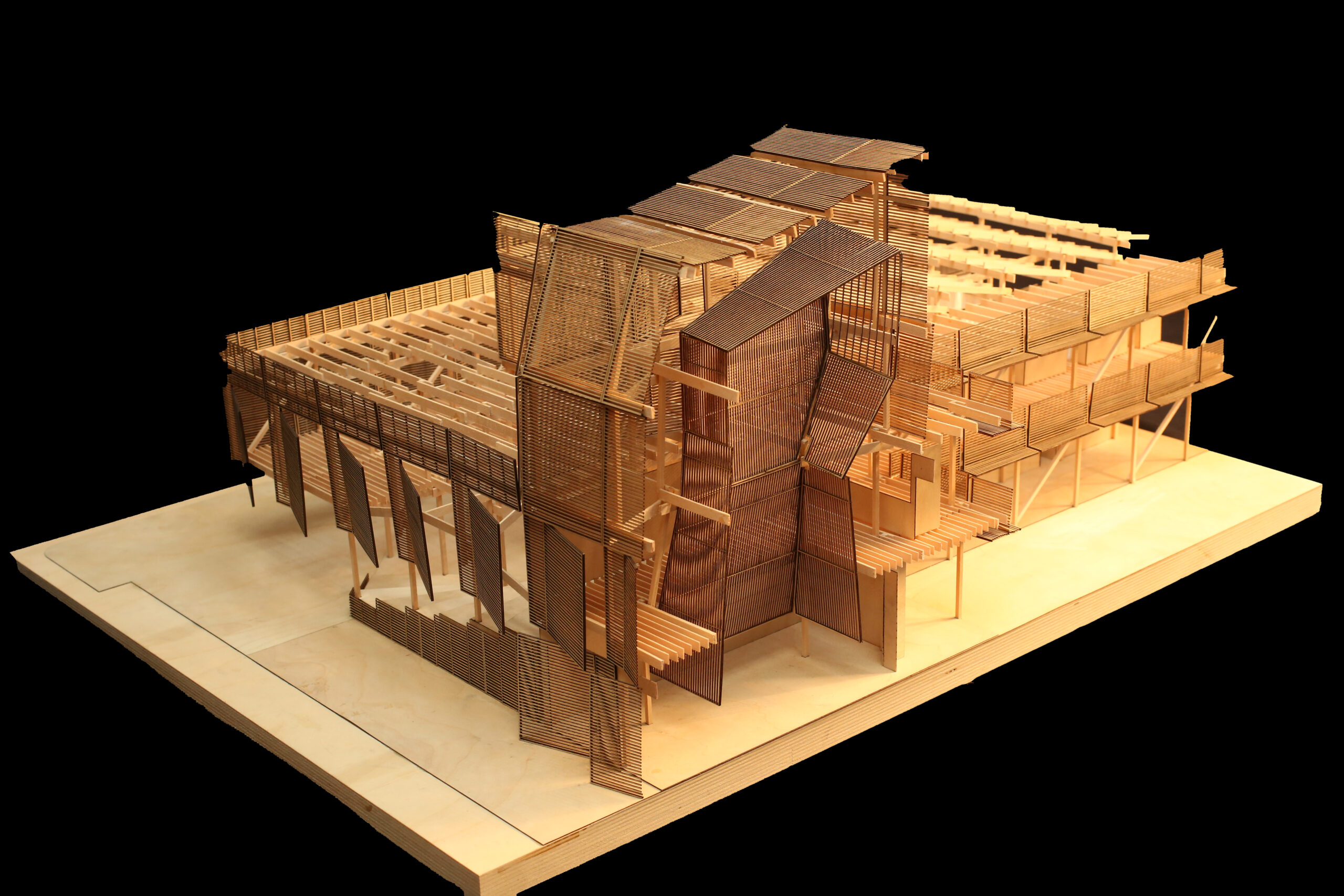
Migrant Respite Center by Anderson Anderson Architecture, 2021 A+Awards Finalist in the Architecture +Models & Rendering category.
Physical scale models allow architects and designers to analyze and evaluate their designs in a collaborative, real-world environment. With a physical model, designers can examine the project from multiple perspectives, facilitating a ‘live’ discussion between design team members about the project’s interior and exterior spaces, circulation and accessibility, and its relationship to the surrounding context.
Different models can also be constructed to meet different needs: A sketch model can be pulled apart and reassembled as part of the conceptual design process, while a polished, beautifully finished model can be presented at a public consultation or council meeting, helping to convince stakeholders of your firm’s vision and ability to realize a successful project.
4. Crafting drawings and models break designers out of digital habits.
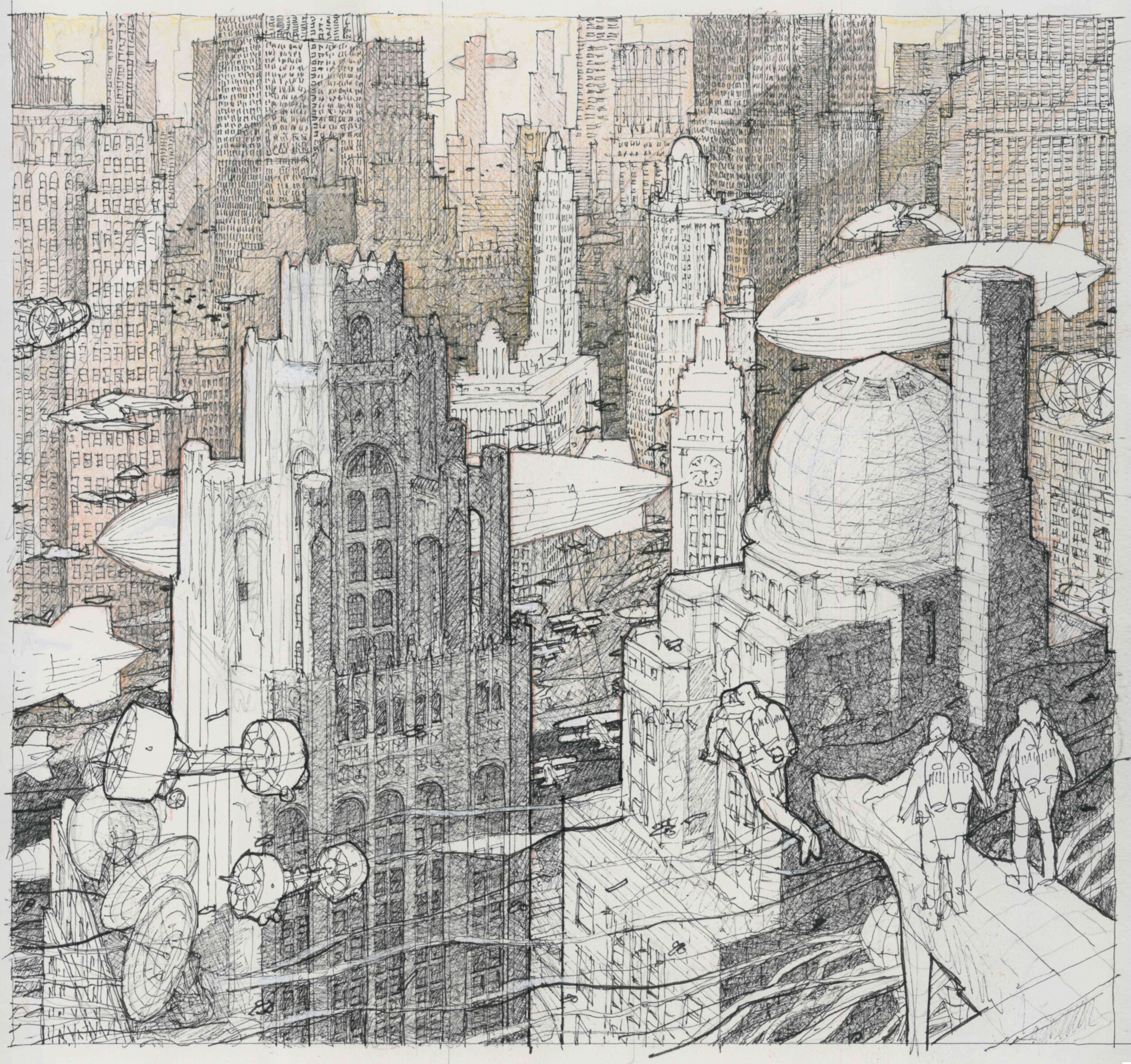
“More Was More” by Gregory Klosowski, Finalist in Architizer’s 2022 One Drawing Challenge.
Whether they are conscious of it or not, anyone working with design software has their favored tools, shortcuts, and applications, all of which can contribute to them getting stuck in a particular pattern or approach to design thinking. By stepping away from the screen, architects can explore their ideas in a fresh environment and experiment with different mediums that may produce unexpected or surprising results.
One of the biggest problems with digital drawing and modeling tools is just how easy it becomes to copy components, details, and even whole building sections from one project to another, in an effort to save time. The habitual copying of past designs — however successful — does not take into account the unique physical, environmental and cultural context of each new project. Drawing by hand forces designers into a slower, more considered process during the initial stage of a project, increasing the chances of producing a concept that is genuinely responsive to a specific client and their site.
5. Hand drawings and physical models are valuable in their own right.
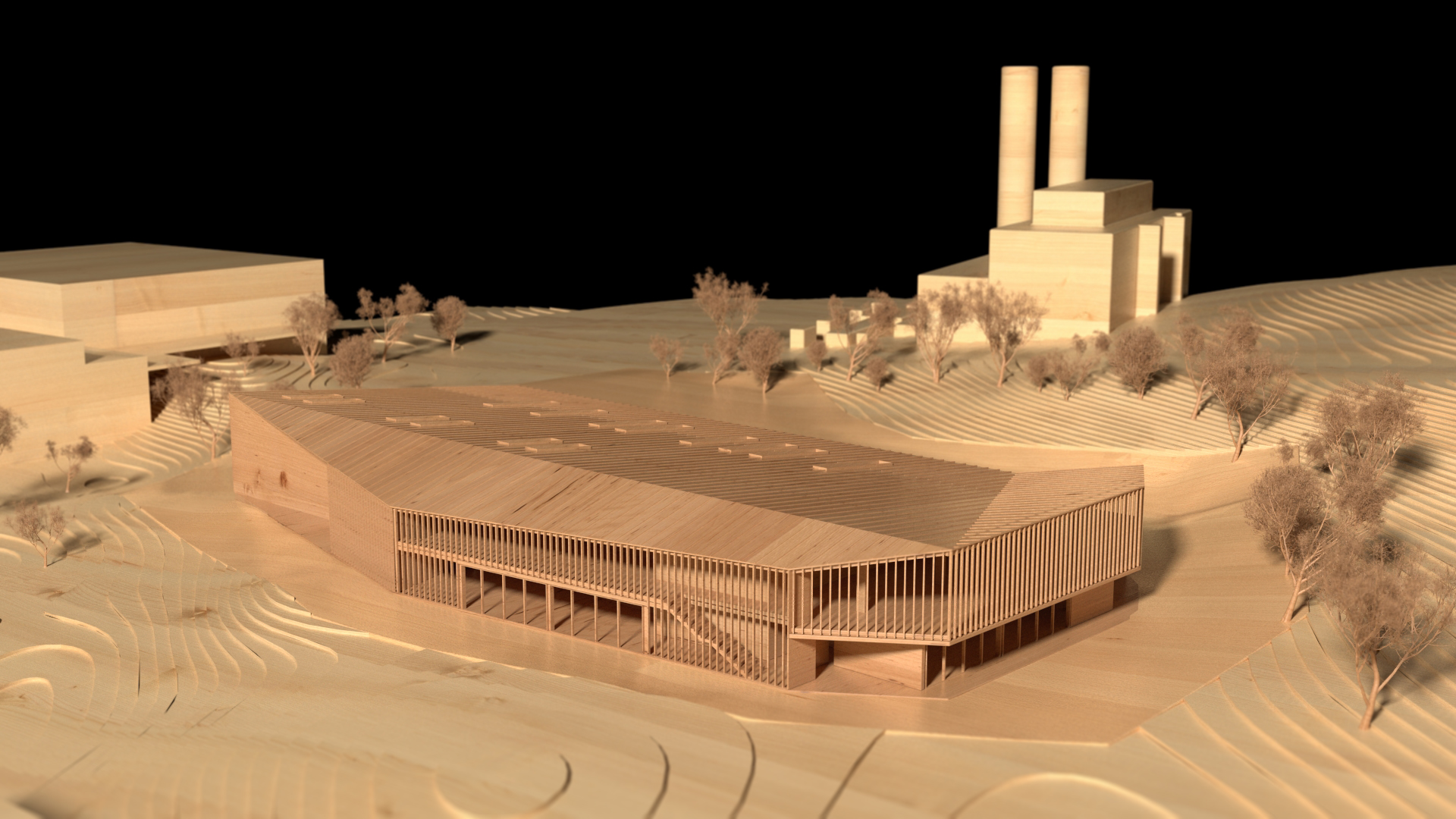
Canadian Nuclear Labs – New Builds by HDR, 2020 A+Awards Finalist in the Architecture +Models & Rendering category.
At their best, hand drawings and physical models can be valuable assets for architecture firms long into the future. Whether framed on the wall or positioned upon a table in the entrance lobby of the office, these tangible design objects are a testament to a firm’s craft, helping to shape the perception of clients as they arrive for meetings.
Given the rapid speed of creation through technology, it is easy to create a digital file and forget about it. In contrast, hand drawings and models are physical objects that people can touch and interact with. Exceptionally well crafted drawings and models can provide a sense of wonder and can evoke emotions that a digital file cannot. Physical models can also serve as a memento of the design process, reminding designers of the hard work and dedication that went into each project.
While we may be emerging from the digital era and hurtling head-long into the age of AI, analog design methods are sure to remain as key components of an architect’s creative arsenal.
So, while the Vision Awards will celebrate future modes of architectural representation, it’s only right that we also honor innovative works created using the most humble, yet timeless, tools of all: Pencils, pens, eyes and hands.






